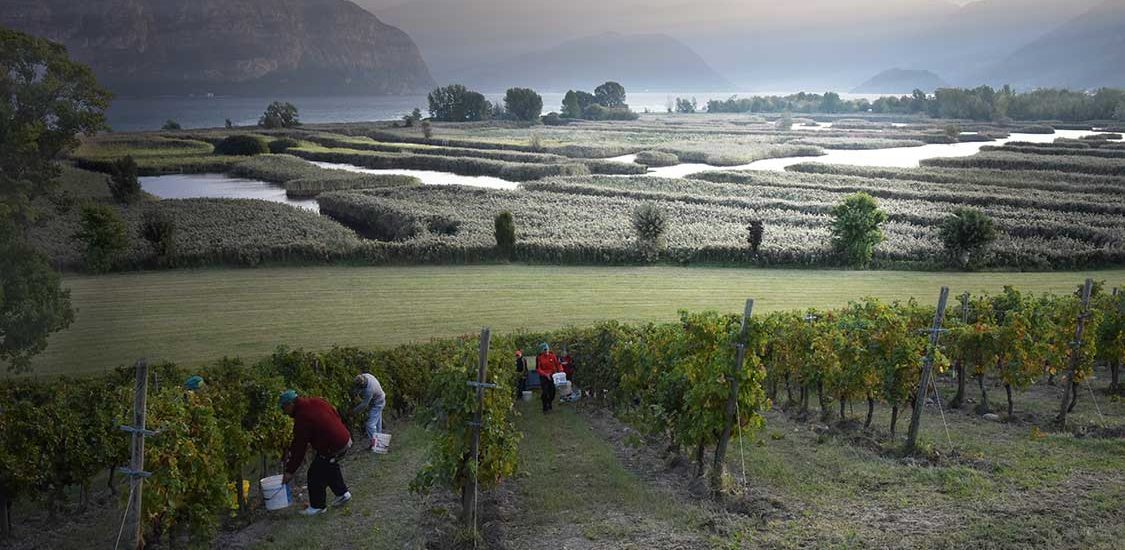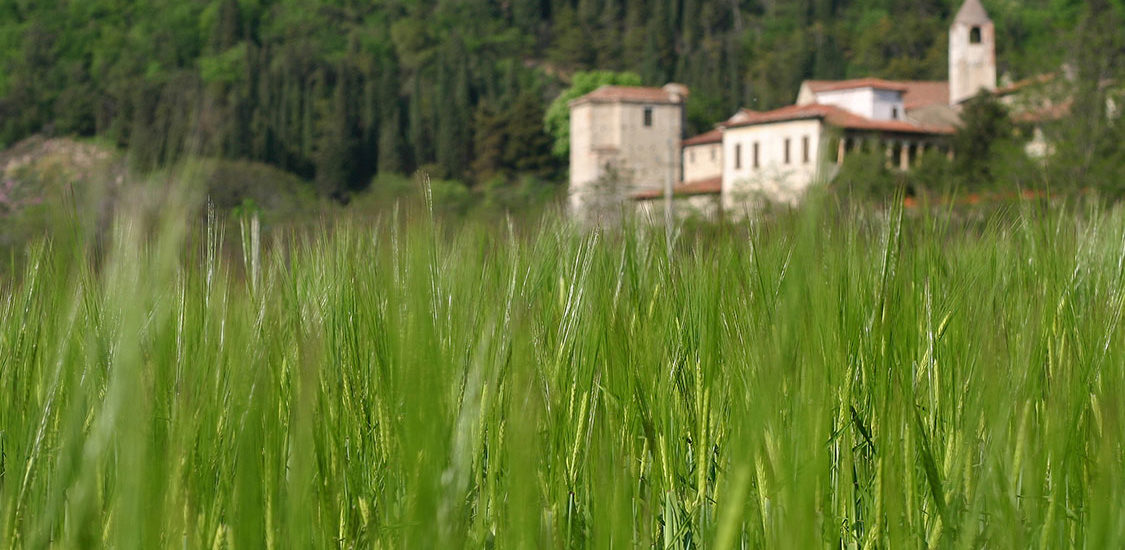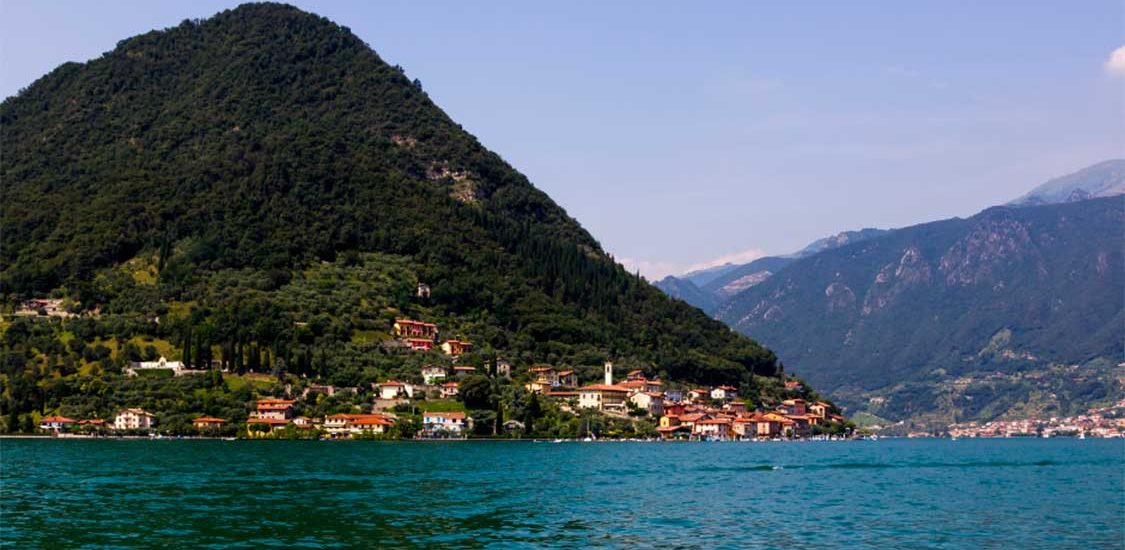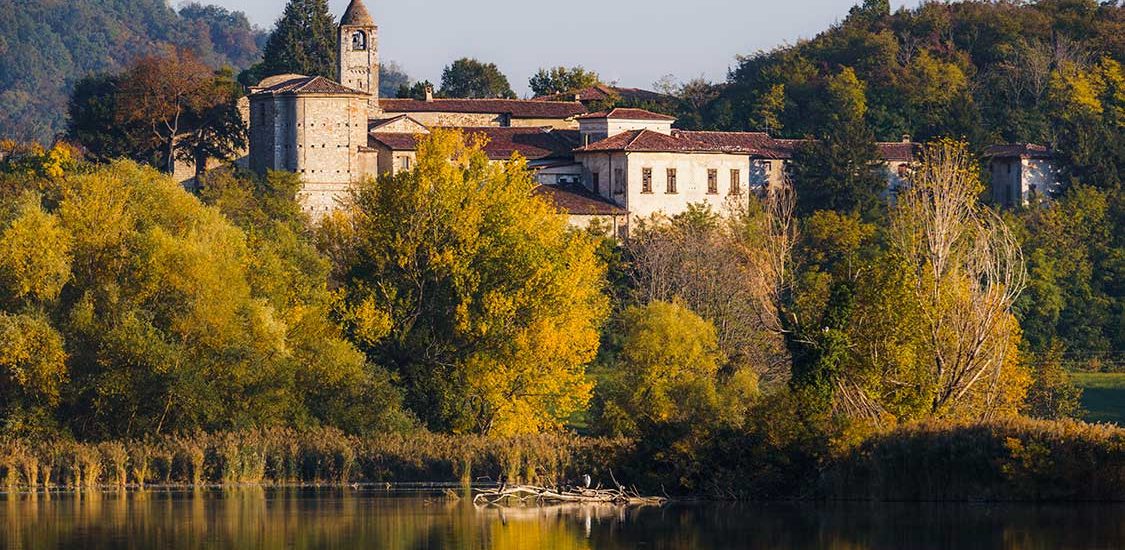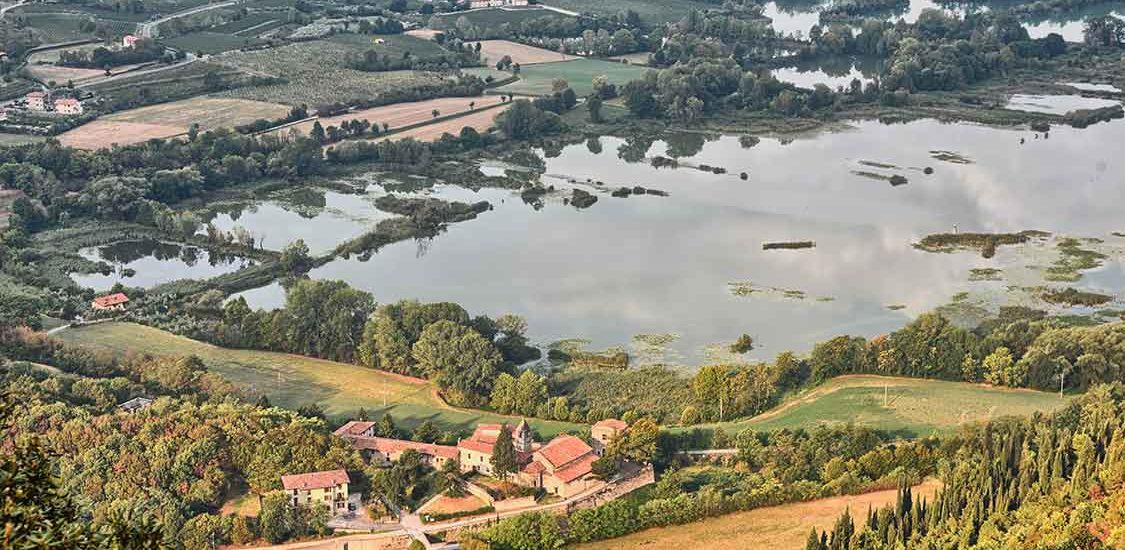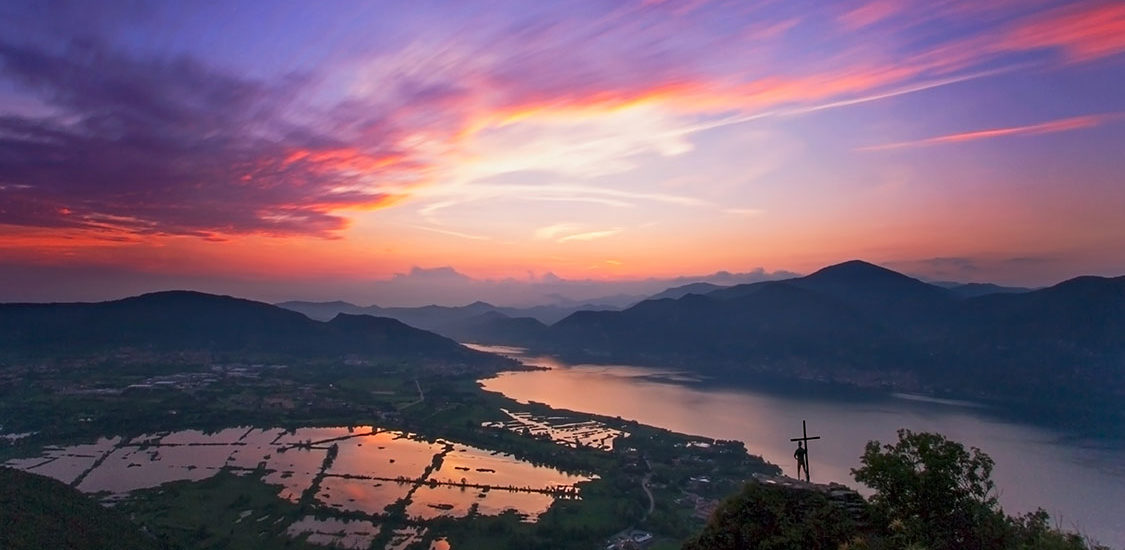Nearby
The Torbiere del Sebino Nature Reserve is surrounded by landscape and cultural beauty that is still unknown to mass tourism, although it captures visitors at first sight.
Franciacorta
Franciacorta is located on the shores of Lake Iseo in the heart of Lombardy. It covers an area of about 200 square kilometres that includes 19 municipalities in the Province of Brescia. Its rolling hills, bordered to the west by the Oglio River and to the north-east by the last reaches of the Rhaetian Alps, owe their ancient origins to the glaciers that, retreating over 10,000 years ago, created the amphitheatre valley where Franciacorta was founded.
The moraine origin of the area means the soils are extraordinarily rich in minerals, which, combined with their inherent mixture, constitutes the distinctive element of quality grapes, which is fully appreciated in the sensory characteristics of each Franciacorta wine.
The grape cultivation on the hills of Franciacorta has been a constant since the ancient Roman era due to the very favourable climate conditions.
To discover and learn more about the characteristics of one of Italy’s most popular sparkling wines, visit the Consorzio Franciacorta website https://www.franciacorta.net/it/. The consortium was founded in 1990 in Corte Franca to guarantee and monitor compliance with Franciacorta wine-production regulations.
Iseo
The City of Iseo, a recognized tourist destination, can be reached on foot from the Torbiere Reserve. Leave your car at the sports field and head north along the road that starts at Trattoria Nonna Nice. Iseo is rich in history. Already in the Roman era it was known for the consular road between the cities of Brixia (Brescia) and Vallis Camunorim (Val Camonica). The Oldofredi were one of the most powerful families. They governed in the 13th century and still own the large castle, which today hosts the city library, civic hall, and various cultural associations.
Some important religious structures are also present, including the Pieve di Sant’Andrea, which stands on Roman foundations, the Church of Madonna della Neve, and the Church of Madonna del Mercato. The main square of the town is dedicated to Garibaldi. In fact, it was the first statue in the world to depict him without a horse.
Montisola
Ferries for Montisola leave from the town of Iseo, as well as from Sale Marasino (shorter route) and other places around the lake. This is the largest lake island in Italy, with an area of 4.5 square kilometres. It is located in the centre of the Sebino area. The sanctuary of Madonna della Ceriola rises at the highest point, which can be reached on foot after a beautiful panoramic stroll. You can walk around the entire island on another beautiful walk lasting about three hours, skirting the shores and passing through various small settlements and harbours, where you can admire the corn cobs hanging from balconies to dry or the typical lake fish drying on special supports. Along the way, you will also pass the Martinengo Fortress in Siviano.
An event you cannot miss is the flower festival held in Carzano every five years to celebrate the Holy Cross that saved the people from a plague epidemic more than 150 years ago. The key date of the festival is 14 September.
Monastery of San Pietro in Lamosa
Set on a rocky rise that dominates the Reserve, San Pietro is the oldest Cluniac settlement in the Sebino area and the only one that can still be recognized. The site is a gem of history, art and architecture, immersed in the tranquillity of nature.
Built around 1100 in a sacred place where a sort of small private chapel already existed, the complex was owned by monks from the Cluny abbey for more than four centuries. From 1535 to 1783 it belonged to the canons regular of San Salvatore of Brescia, who further expanded it.
One of the most valuable and suggestive spaces in the monastery is the Hall of Disciplines, owing to the early 16th-century frescoes that cover the walls. It was the site of the Disciplini Brotherhood, which gathered the social elite from the community and was characterized by a spirit of sharing the Passion of Christ and the Virgin Mary. At the beginning of the 1500s, the hall was frescoed with scenes from the Passion of Christ and a monumental Crucifixion occupied the entire end wall.
The church is open for visits Monday to Friday from 14:30 to 17:00 and Saturday and Sunday from 9:00 to 12:00 and from 14:00 to 18:00.
The Hall of Disciplines is open in summer (April–October) 10:00–12:00 and 15:00–18:00 and in winter (November–March) 10:00–12:00 and 14:00–17:00.
Balota del Coren
Balota del Coren or Corno del Crilì is a rocky mass jutting out towards Lake Iseo. It is 615 metres high and, despite its low altitude, offers a truly unique cliff’s-edge view of Lake Iseo and the Sebino peat bogs from the top.
To reach the Balota del Coren, start from either the centre of Provaglio d’Iseo or Pian delle Viti.
Leaving the car behind, a steep slope on Via San Rocco soon becomes a mule track, leading to the scenic and fascinating Madonna del Corno after about 20–30 minutes, with a beautiful view of Franciacorta and the Sebino peat bogs.
Continuing a little beyond the church on a level forest road, a fork in the road indicates CAI path 290 to the right, with directions to the distant Golem-Monte Guglielmo. This climbs steeply into a dense forest, first via a wooden staircase then along a path. After about 30 minutes, having passed a charming chestnut grove, the path turns right towards the cross and the panorama opens over Lake Iseo and the Sebino peat bogs.
The return follows the same path as the outward journey.
This panoramic tour can be followed year round, and is exceptional in late afternoon/evening when the colours of sunset transform the waters of the lake and peat bogs.
